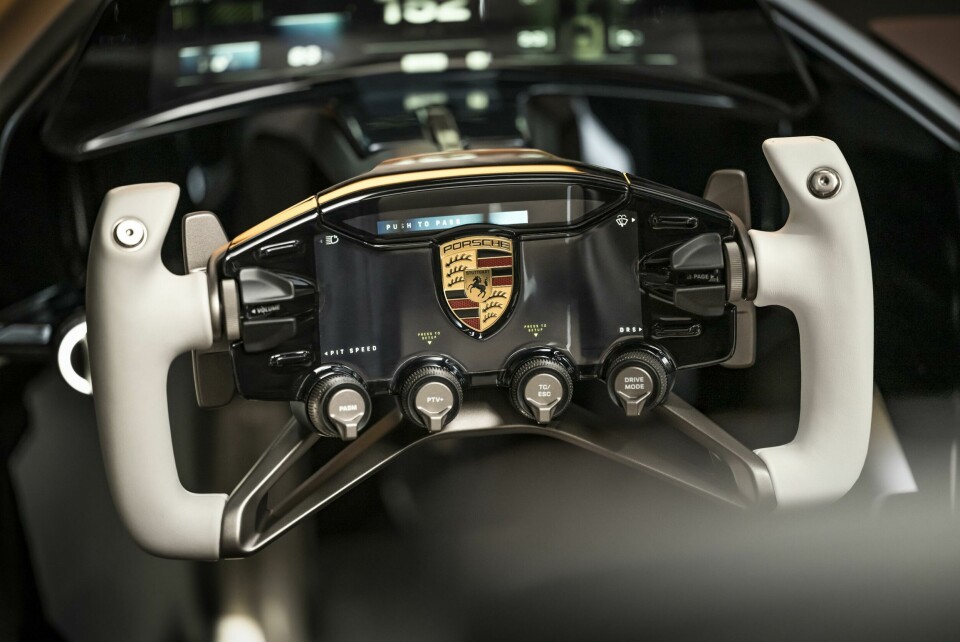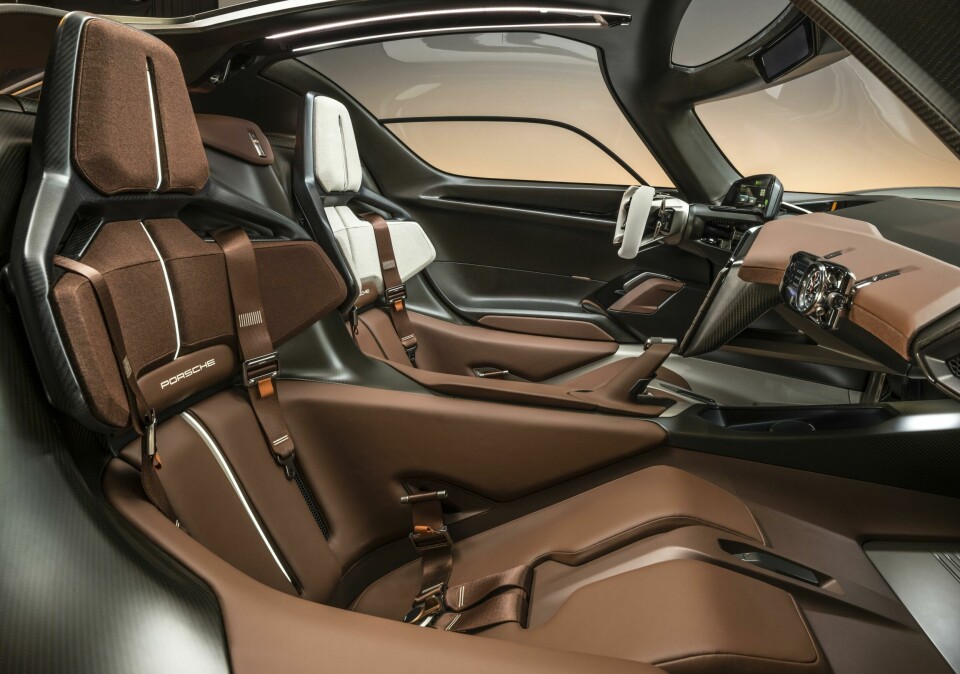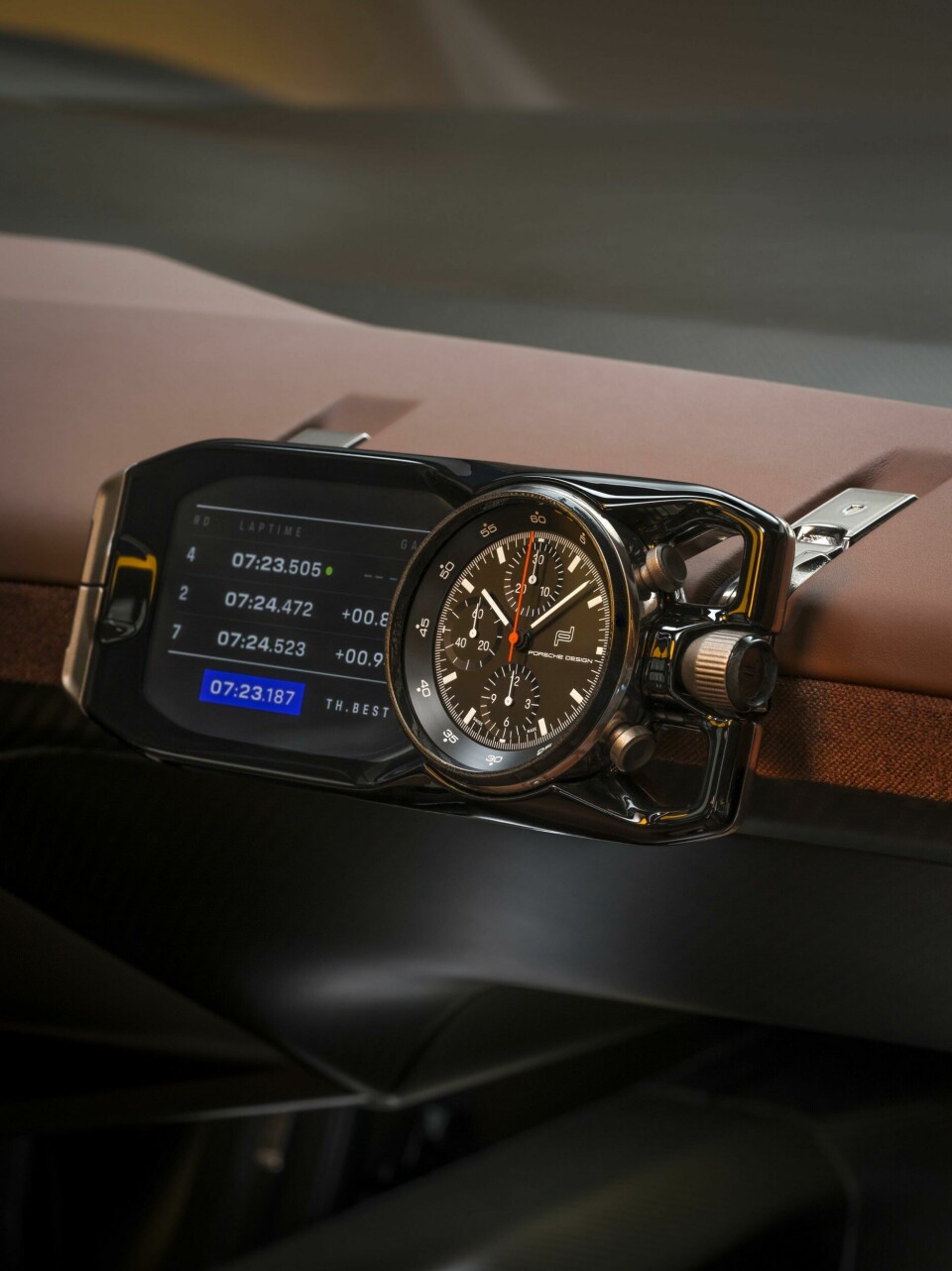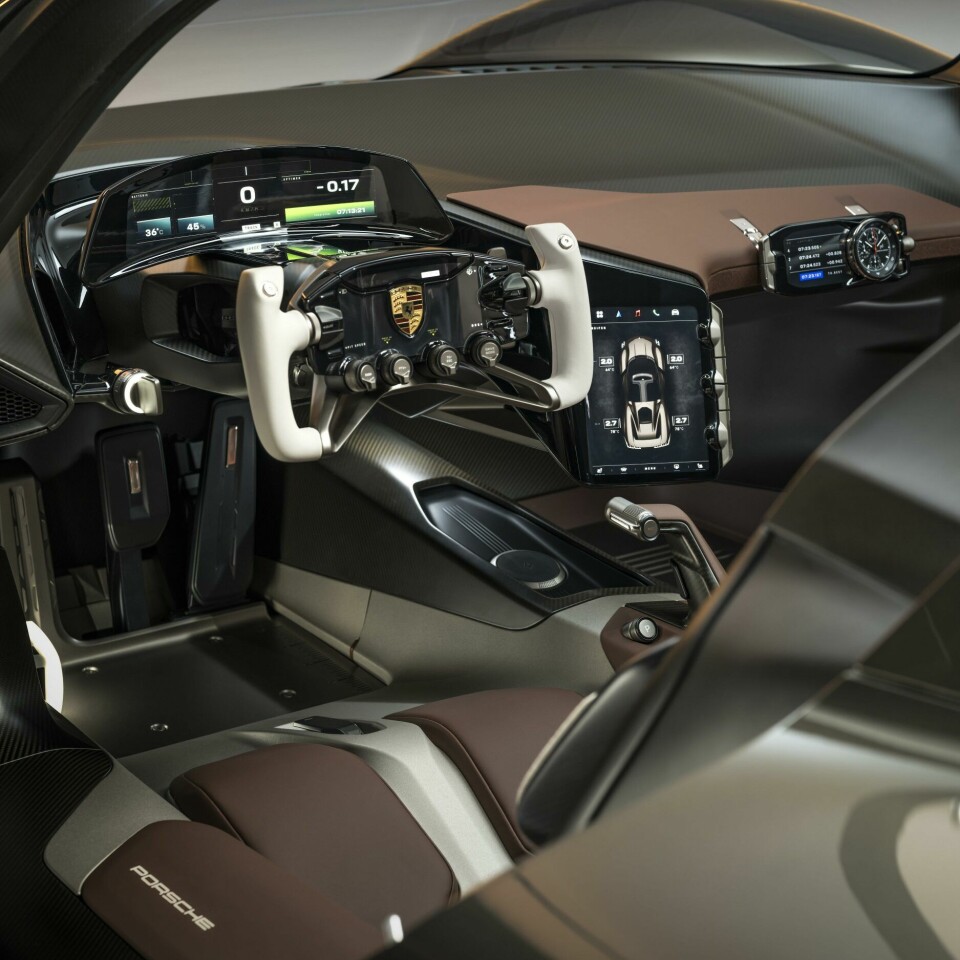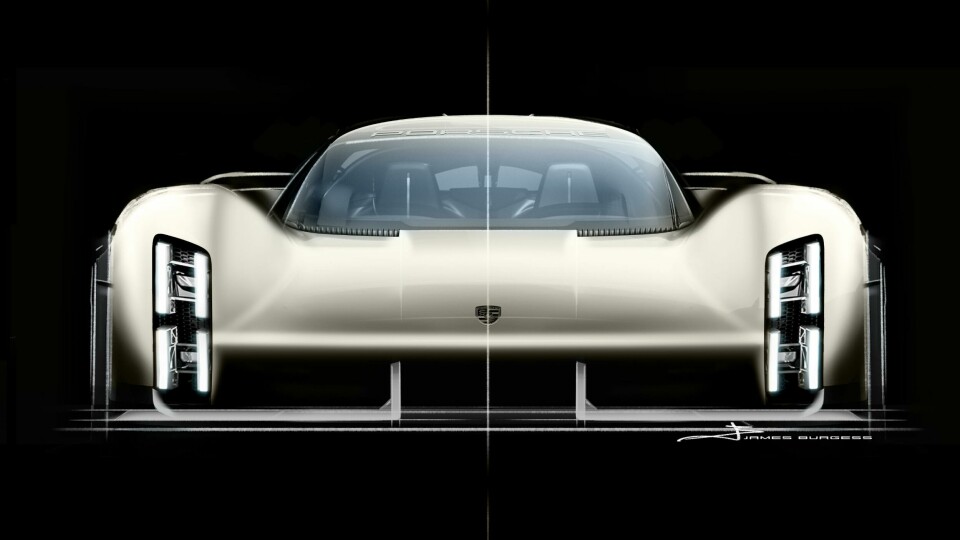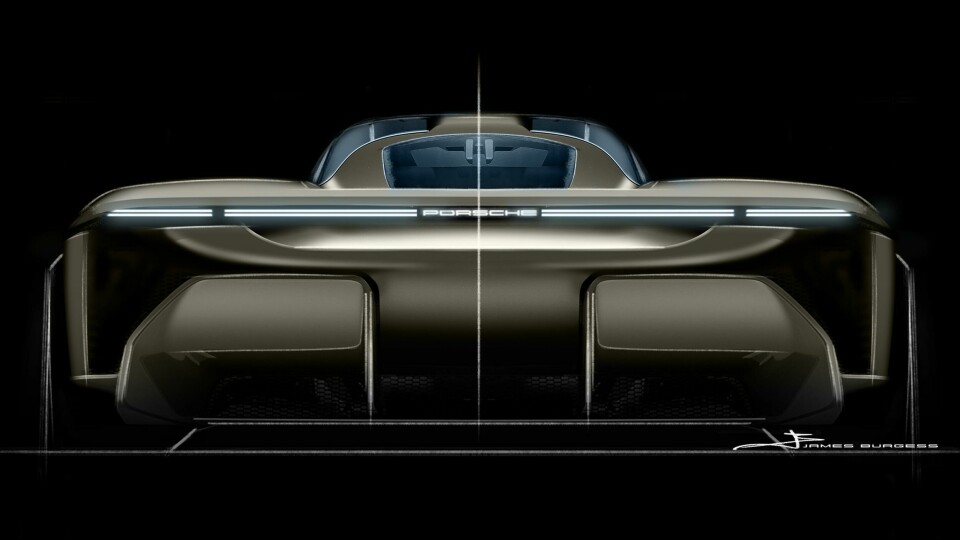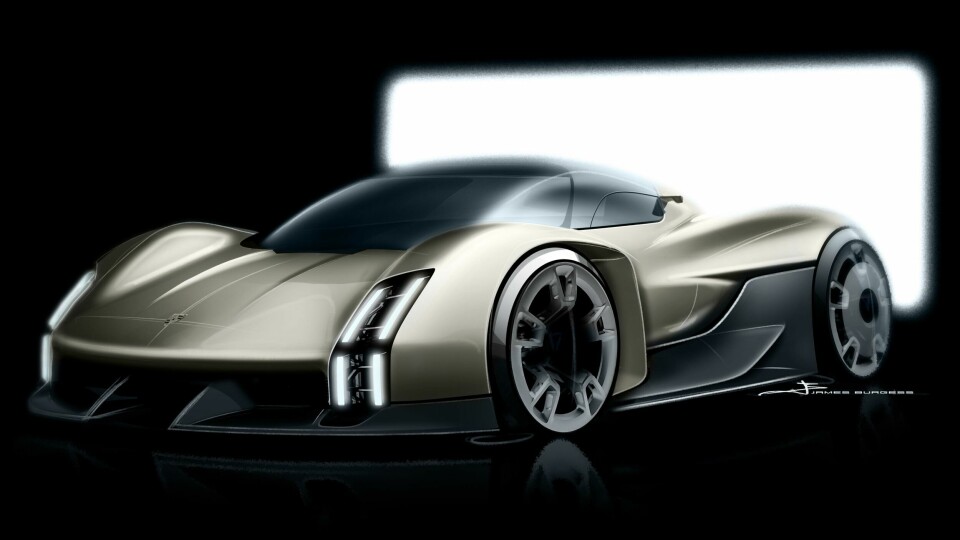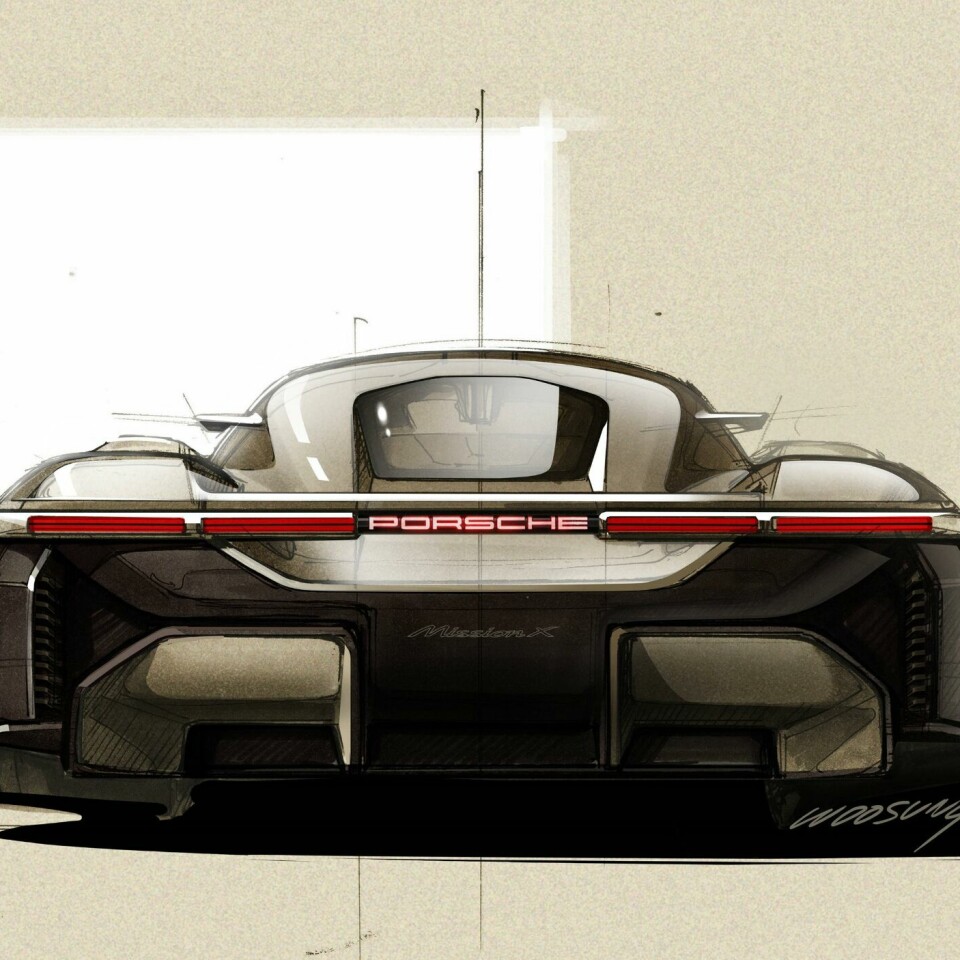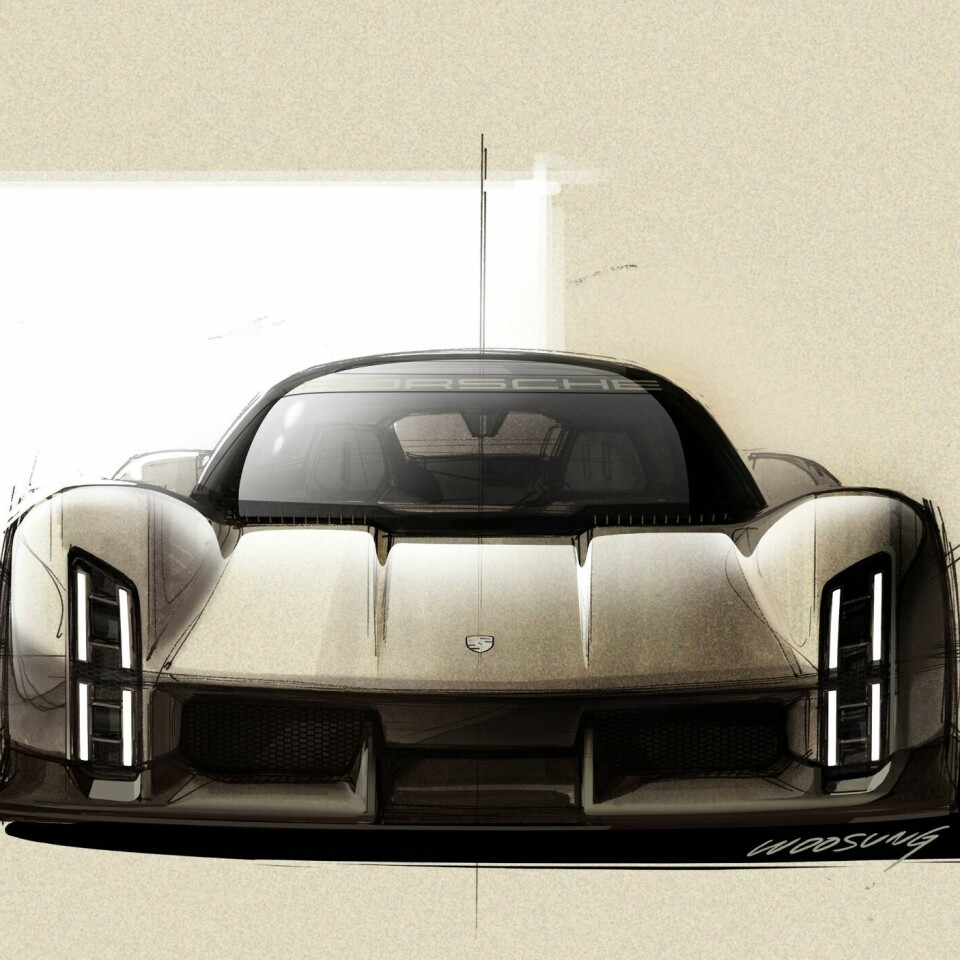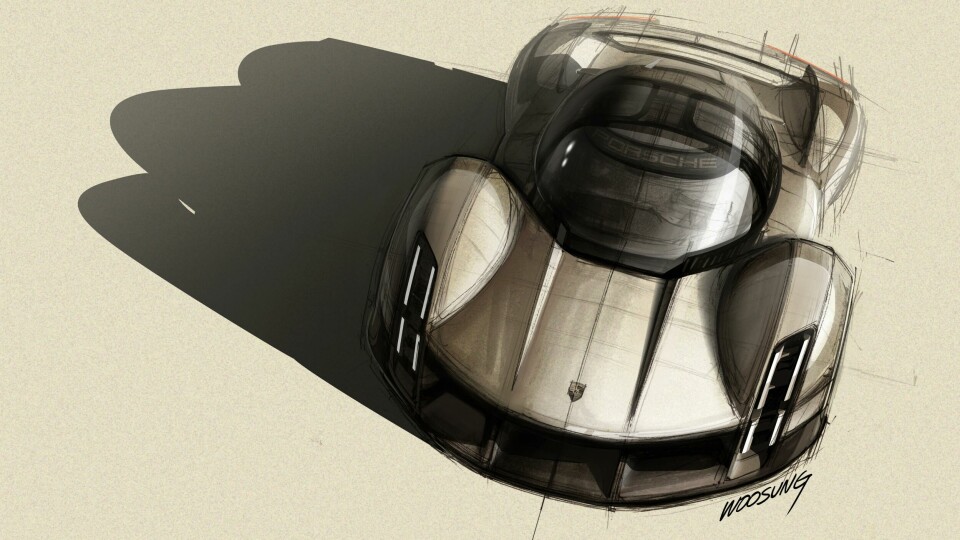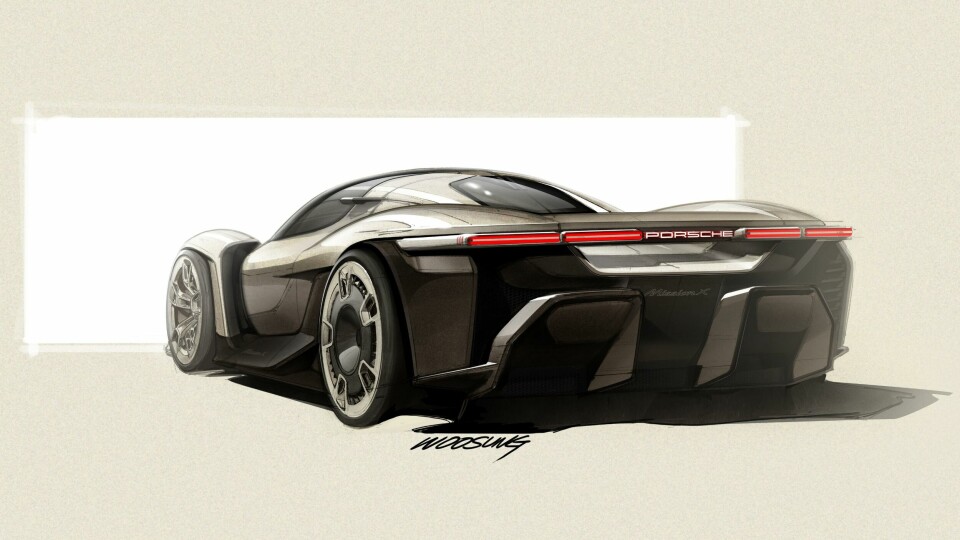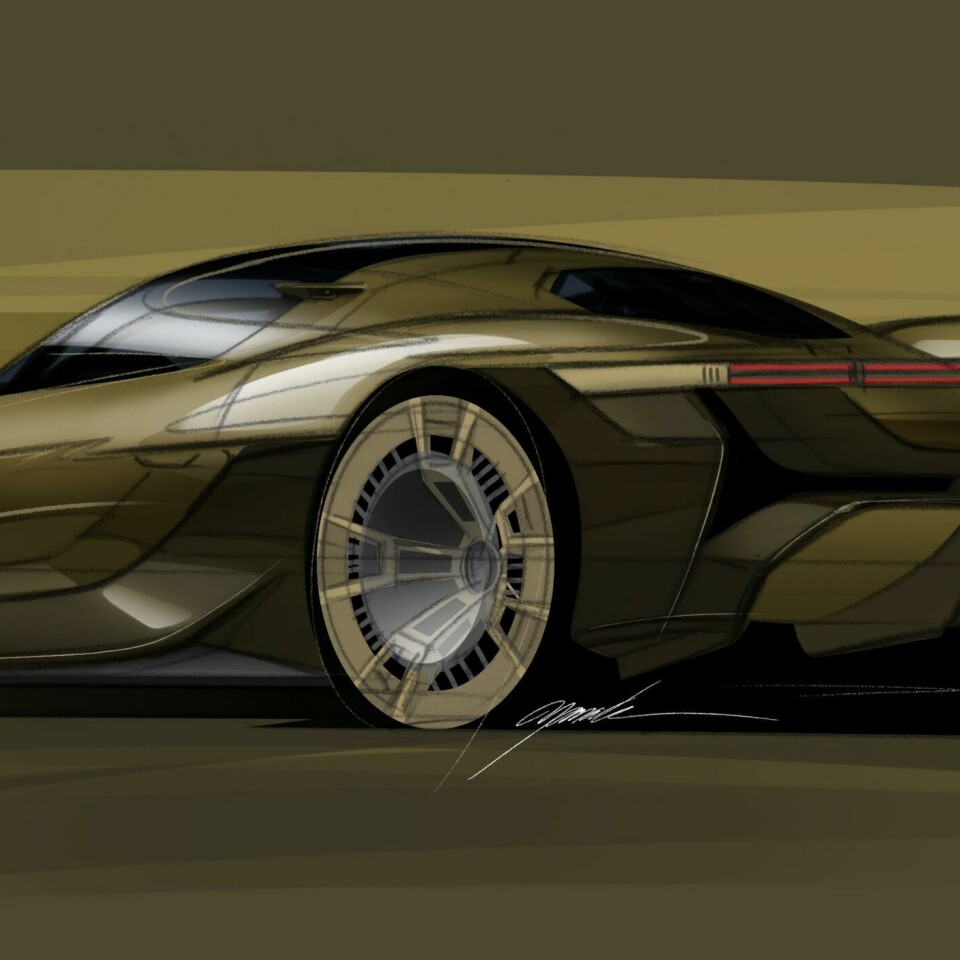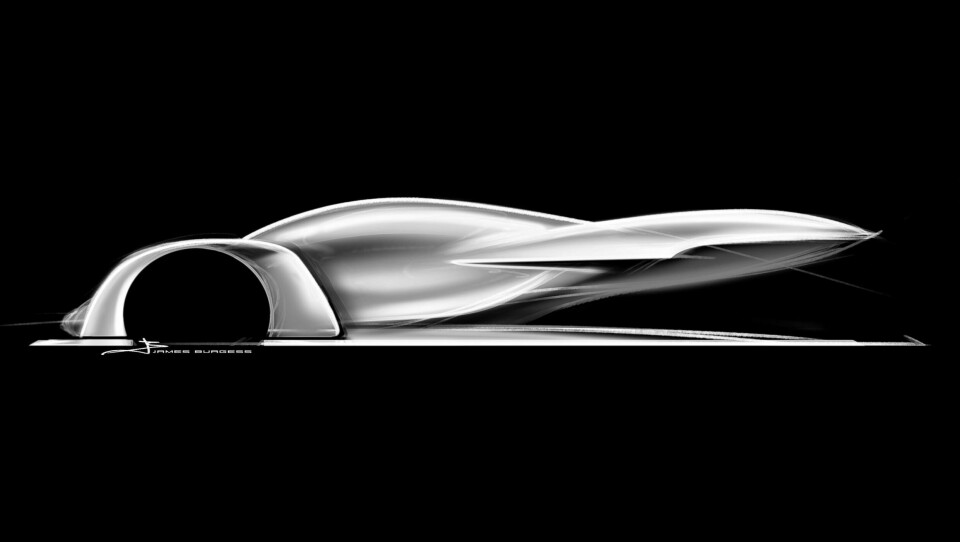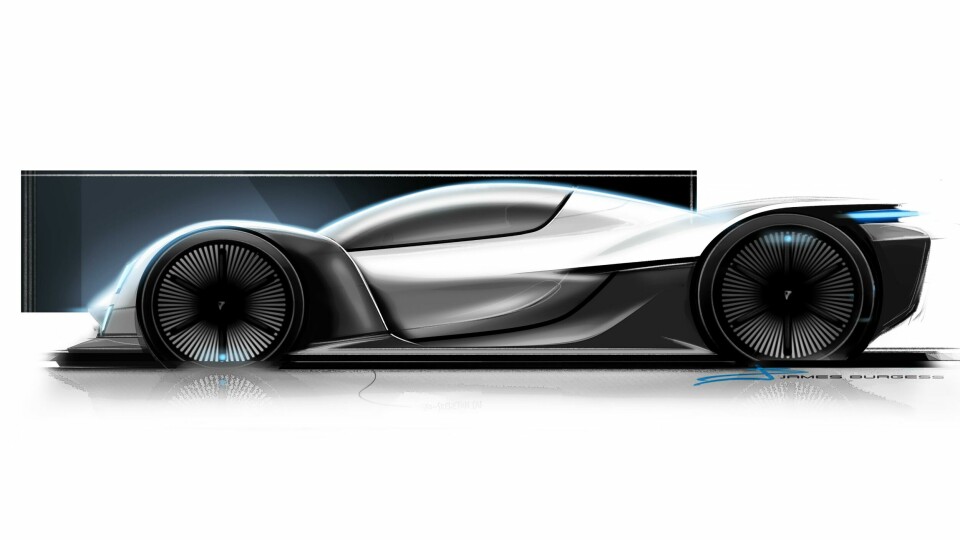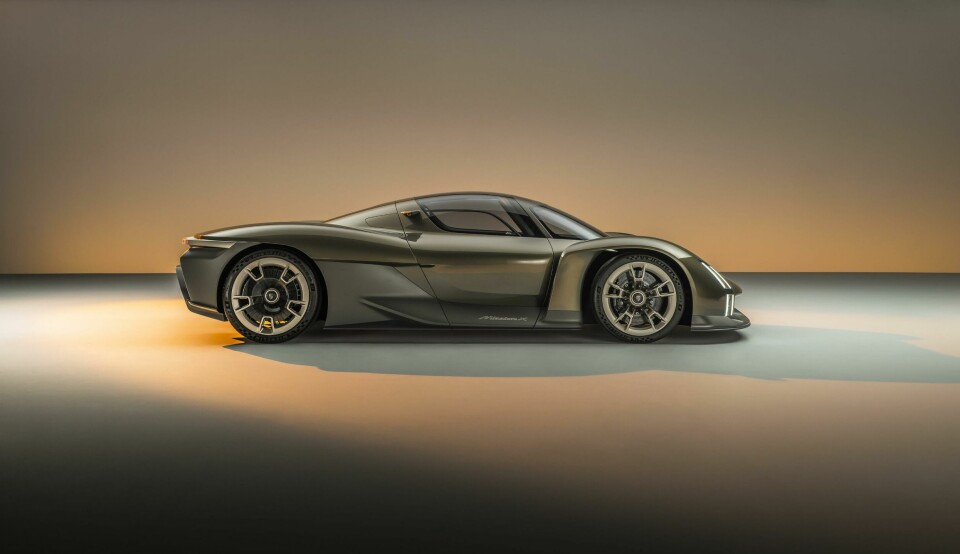
Up close with the Porsche Mission X
Ahead of its showing at the Goodwood Festival of Speed, Style Porsche’s exterior and interior design directors gave CDN’s Laura Burstein the inside scoop on the brand’s new hypercar concept
Porsche’s new concept study — the Mission X — previews the future of the brand’s next high-performance halo car. Compact yet impactful, the Mission X aims to meld racing heritage with luxury through its sleek, aerodynamic body, Le Mans-inspired doors, distinctive lighting design, and a novel interior layout.
To some eyes, the latest concept is decidedly un-Porsche like, but designers maintain they were inspired by iconic models including the 959, Carrera GT, and 918 Spyder. With an efficient electric powertrain, the Mission X also aspires to establish new benchmarks in speed, power-to-weight ratio and rapid charging capabilities.
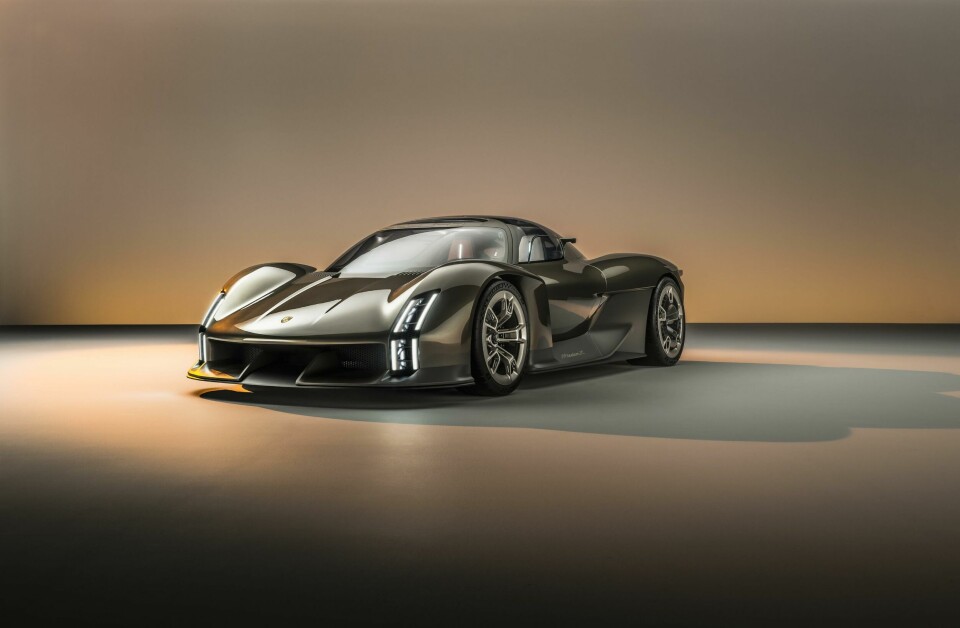
We set eyes on it in person at this year’s Goodwood Festival of Speed, and even in the brief visit filled with flashing lights and adoring crowds, we were struck by its alluring proportions and innovative design cues. Not long before the festivities, we had previously caught up with exterior design director Peter Varga and interior design director Markus Auerbach for a more in-depth look at the new hypercar.
Car Design News: Porsche has a very specific and recognisable design language. Yet, the Mission X seems to depart from this in some ways. What was Style Porsche’s approach when going to work on this car?
Peter Varga: All of our cars have perfect and very strong design DNA and brand identities. In this case it was special because it’s not just a super sports car, it’s a combination between traditional and very innovative elements. It was also important for us to find the perfect balance between motorsport DNA and a luxury impression in this car. It’s a new world and a new vision, and Porsche needs a lot of new elements for the future. So it’s the perfect package.
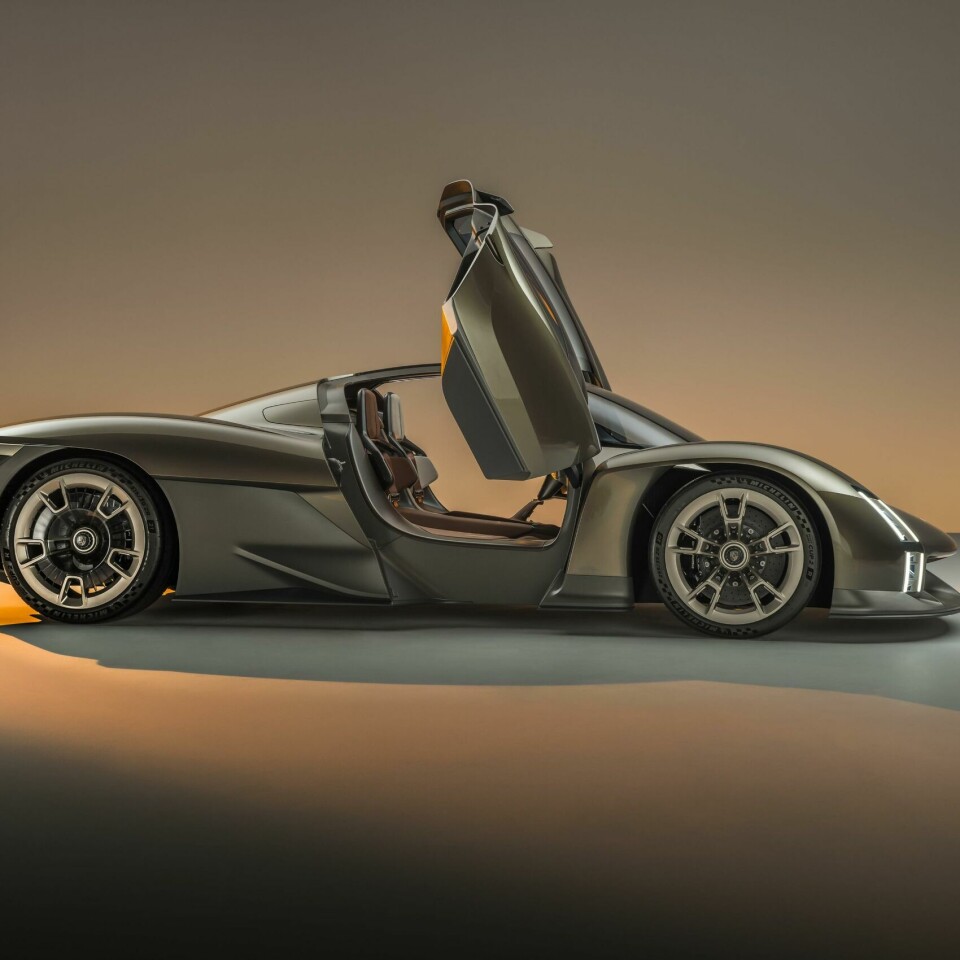
CDN: Of course some of those motorsport elements are instantly recognisable, such as the Le Mans-style doors that we first saw on the Porsche 917. What are some other specific design cues?
PV: In the front we have a completely new graphic with a vertical daylight signature. The LED lighting modules in this vertical position form a modern take on Porsche’s “four point” lighting. It’s a very cool and modern interpretation of these four lights, which come from historic race cars like the 906 and 908. Then in the rear you have this light bow graphic with a three-dimensional Porsche logo in the middle of these completely new tail lights. Although it’s the same design language in the front and rear, the idea was to design this contrast between the very round front shape of the car and a very straight rear lighting signature.
We thought it was time to give the crest a little bit of development
CDN: That rear honeycomb lighting structure is quite stunning. Will it go into production?
PV: If this car goes into production, we have a very special aero concept for this car. In general, the upper portion of the car is very clean, while the lower is very technical. So we still want to keep the upper area very clean and we want to do more in the lower area with the diffuser.
CDN: This car also wears a new, monochrome version of the Porsche crest. Tell us more.
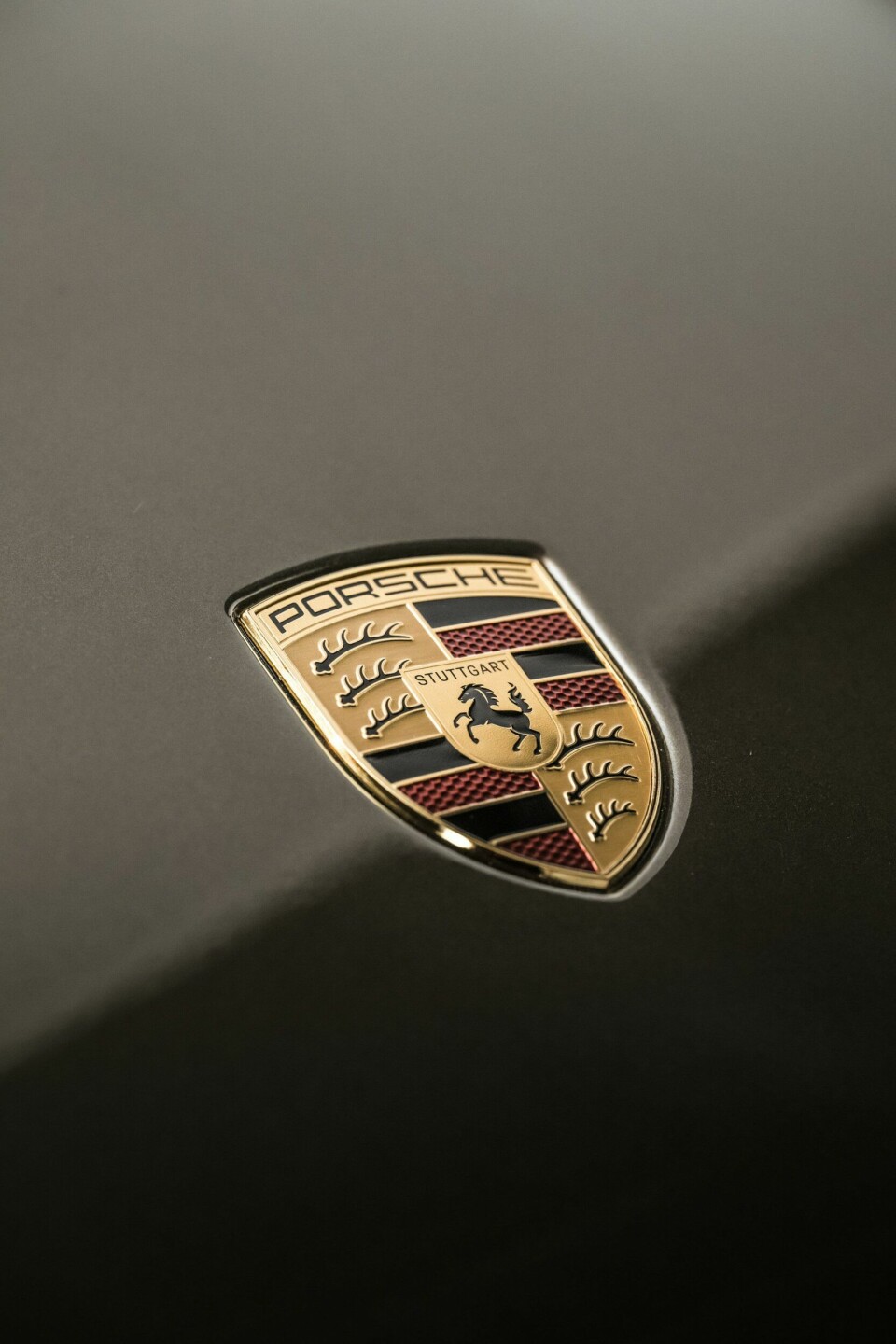
PV: We thought it was time to give the crest a little bit of development, and Mission X is the first one to wear it. We love the monochrome look on the wheels and the back of the car. We had big respect for the heritage and had to be sensitive to the adjustments, but we think the change is more fitting to the time.
CDN: What’s your favourite part of the exterior?
PV: The section on the door on the body side; it’s similar to the old 918 and Carrera GT, but with a more modern design.
CDN: I see a little cheetah emblem on the body side just behind the lower rocker panel. What’s that all about?
PV: It was a joke in the design studio. We started doing animals; Mission R was a wild boar, and the concept 357 is a dinosaur (since it’s the last combustion engine). In this case, the cheetah fits perfectly because it’s very light and very fast. This an idea we want to play with in the future as well.
CDN: Turning to the interior, the driver’s compartment is angled closer toward the centre of the car. What prompted you to do this asymmetrical cockpit design?
Markus Auerbach: The driver seat and the driver access is super important for Porsche, so this is our interior design DNA that all the tools for driving fast are in the right spot.
CDN: And what was the reason for doing the seats in different colours?
MA: The seat is a different colour in the driver’s seat versus the guest seat, because the driver’s seat is where the action is going on, and the passenger can have a more relaxed feeling. We also wanted to choose colors that were not typical race car colors like black, red or white. Instead we did the interior in Andalusia Brown and Kalahari Grey to give the feeling of a high-performance car but with a gesture of luxury.
Buttons on the side of the screen were designed to be easy to use with racing gloves on
CDN: Because of the compact dimensions, it looks as if the team had to be quite creative with the interior packaging.
MA: Yes, we did this in a few ways. First we have this multipurpose controller that looks like a gear shift, which moves forward and back for the driving direction, but also serves as a hand rest for using the display. There’s a button so you can start recording with the car’s built-in cameras, and we also put the air vents on the doors because you really have no space on the dashboard. There’s no glove box so there’s a little storage compartment behind the front seats large enough for sunglasses.
CDN: The user interface is surprisingly simple for a halo car. You aren’t going for giant screens?
MA: What you see here for the interface is a rough version of what you might think about in a hypercar. Right now we have a portrait-style screen in the middle, which is not as big as in our SUVs, but there will also be a reduced range of media content. So it’s not the right thing to watch movies because this car is for driving. The essential components are there, but we are not in a deep dive yet. We have to look at what make sense content-wise for the driving experience. Also, you’ll notice things like the large buttons along the side of the screen, which were designed to be easy to press with racing gloves on.
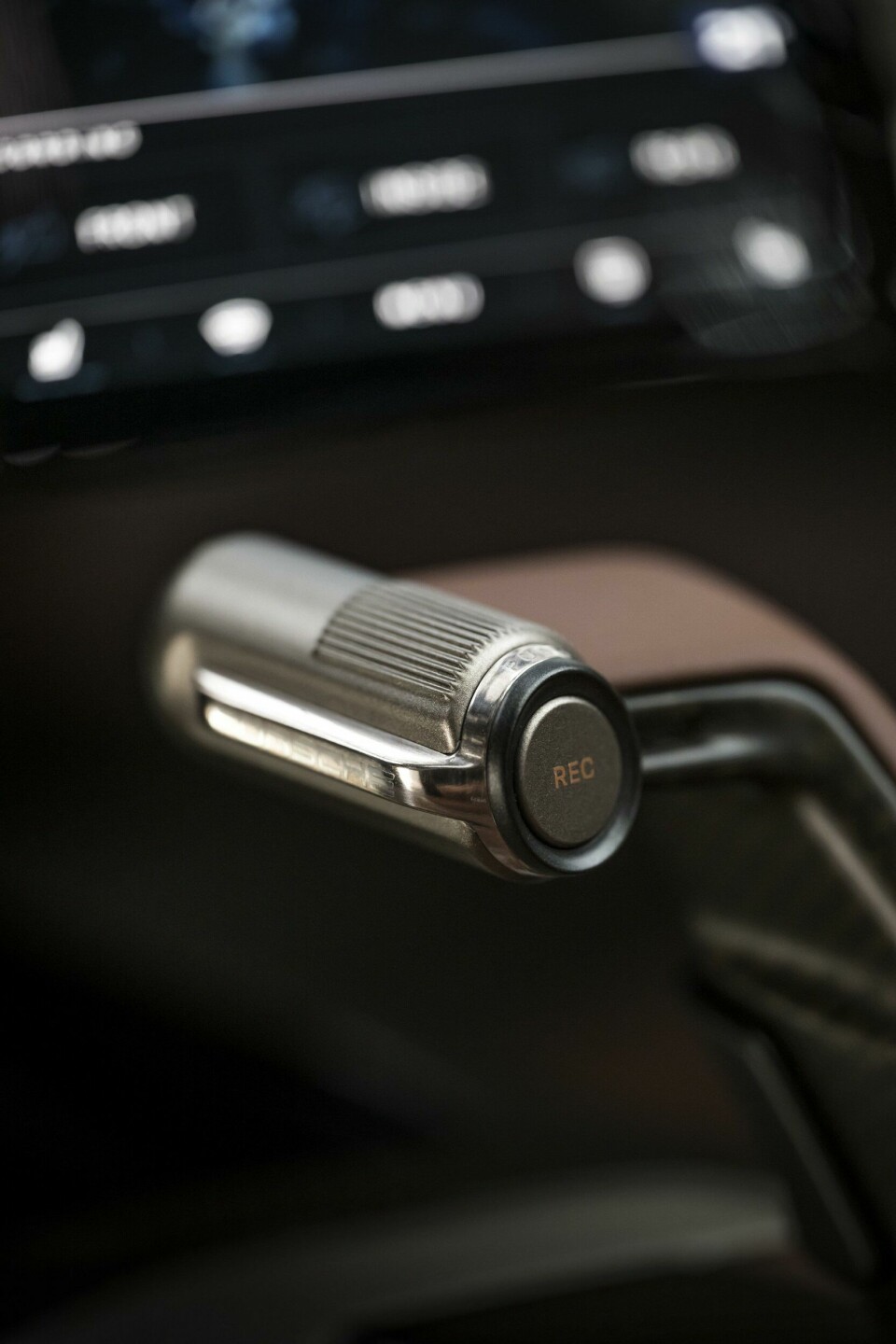
CDN: The steering wheel and other controls look almost directly taken from the racing programme. How close are they?
MA: We worked with racing drivers for Porsche Motorsports, so everything on the steering wheel is very serious. The instrument cluster also moves with the steering wheel for visibility. The seats have pads which you can remove easily, and you can also make 3D-printed custom molded seats to fit your body, just like racing drivers do. The car also has an adjustable pedal box because the seats are fixed.
CDN: And the timer on the passenger’s side?
MA: With the timer unit, we tried to get a symbiosis between the analog and digital world. Everyone knows this analog instrument from rally cars, so we combined it with a digital display with track times, the health condition of driver, and other data. It’s also removable.
CDN: Any other favourite elements?
MA: The exoskeleton roof, which is actually part of the structure of the car, has a “light spine” that gives a connection between the inside and the outside. It’s an ambient light on the interior, and the braking light on the exterior. It’s so cool, we really loved this. I also really fell in love with the Daytona-style window. When you look up and see the curve — it’s historic.
